Beauty in Bloom

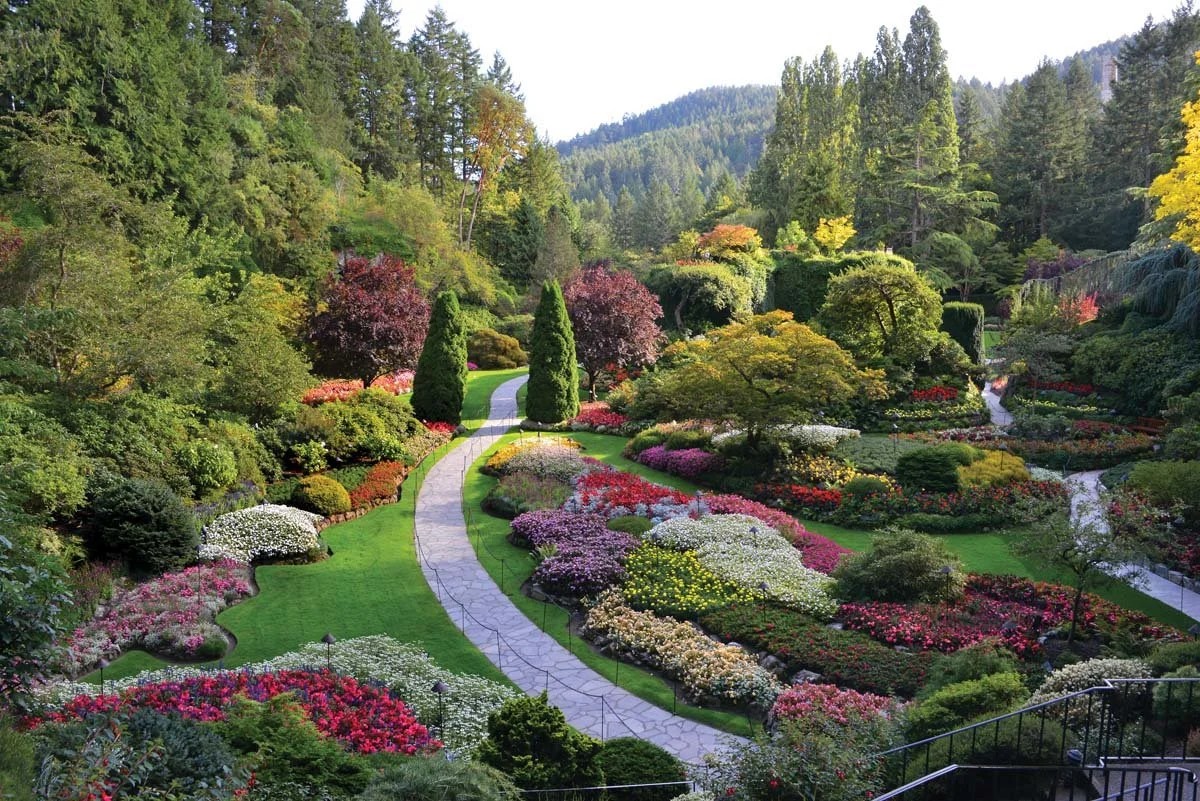


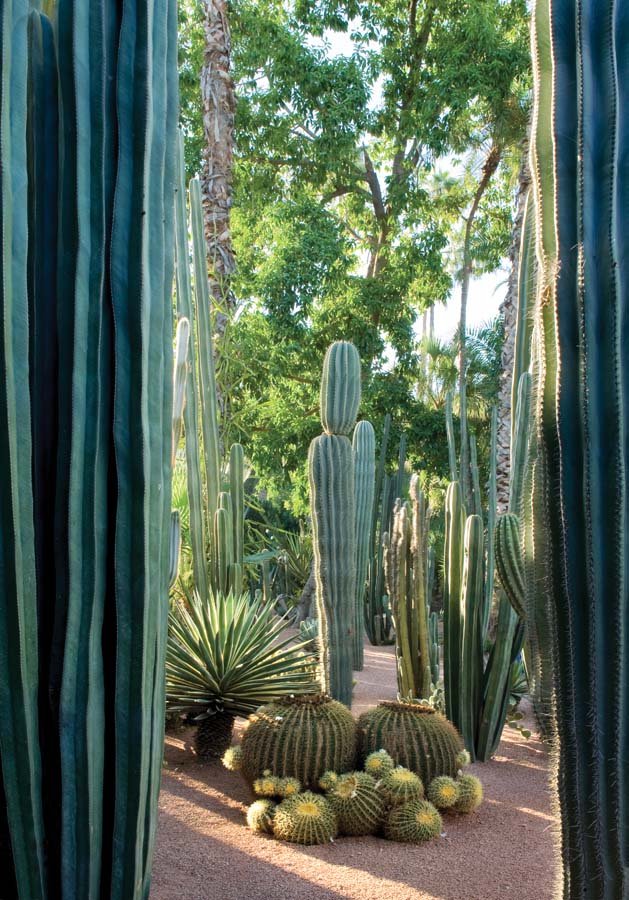
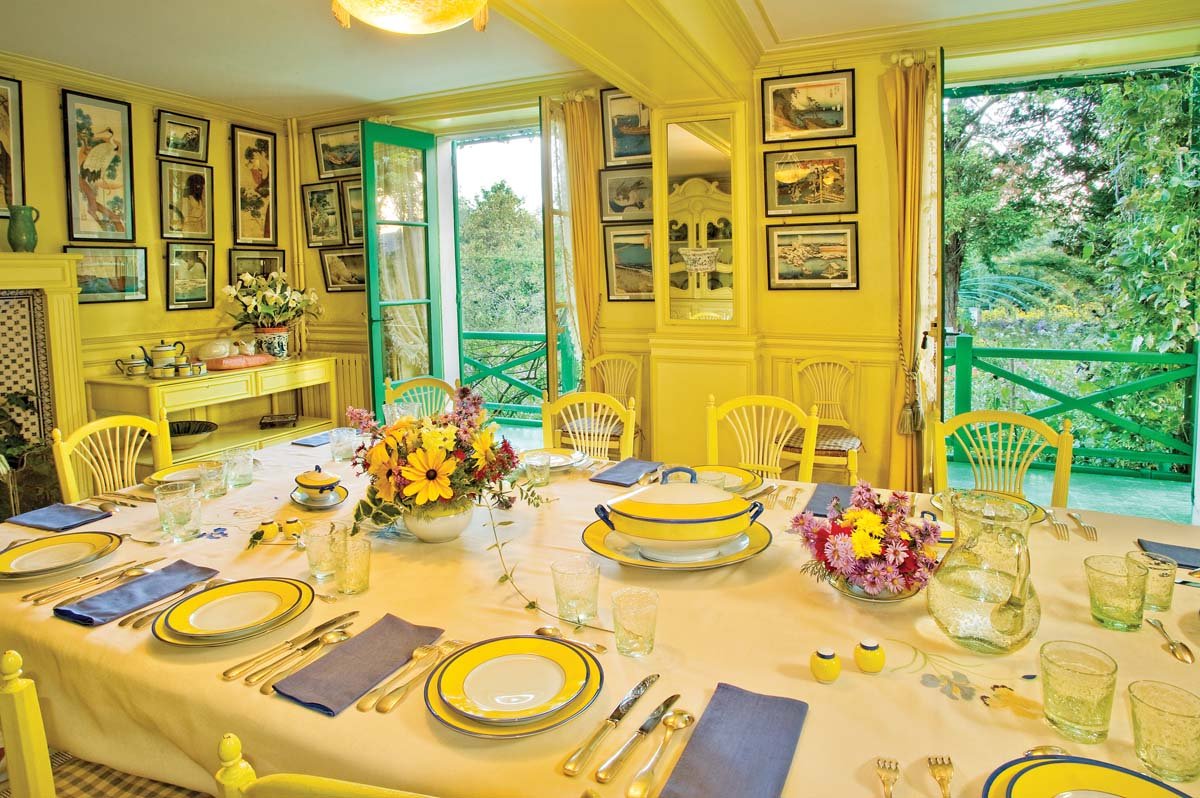
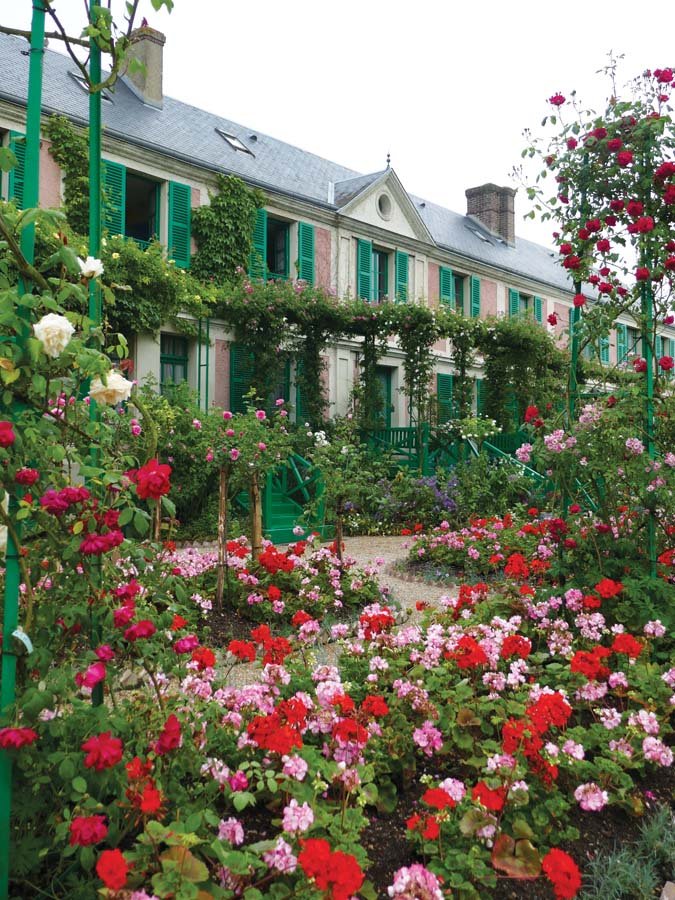
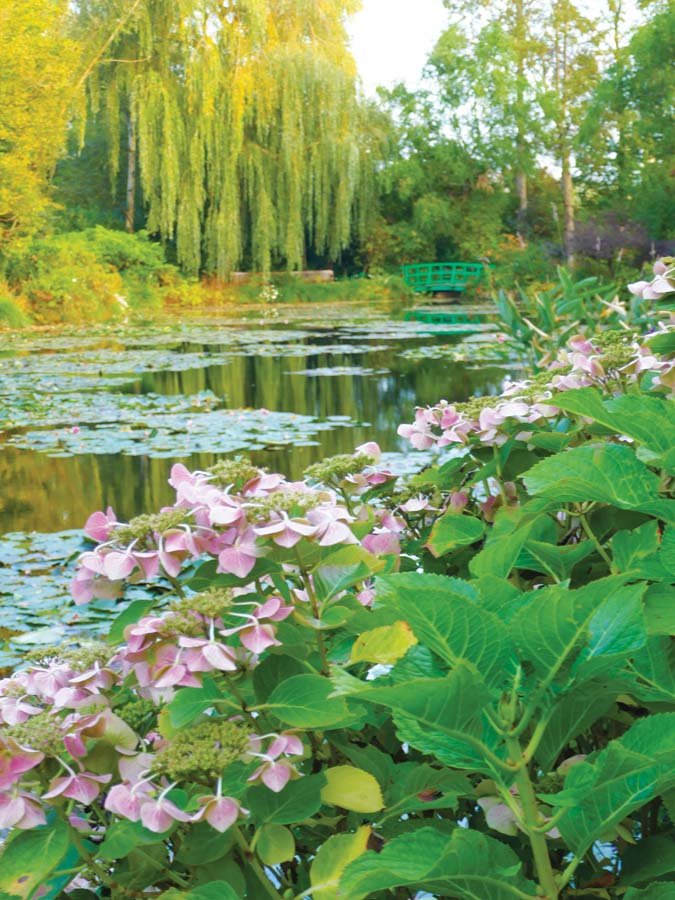
A great garden does so much more than appeal to the aesthetic in us all. Destination gardens are beds of inspiration and modes of meditation; they have even been, at times, symbols of power. Historically, gardens were used as sanctuaries of internal healing yet also as possibilities for external expression. The last queen of France, Marie-Antoinette, famously used her secret garden at the Palace of Versailles as a private refuge for escaping the rules and sight of the royal court, and it was artist Claude Monet himself who claimed his garden in Giverny to be his “most beautiful masterpiece.”
Today, some of the most spectacular gardens around the world are open to the public, beckoning visitors to enter and become immersed in their natural beauty. Their manicured landscapes and vibrant flower displays are a photographer’s dream while their carefully thought-out pathways and strategically placed water features are ideal for slow reflection. We’ve pruned our selection of gardens around the world to cultivate a list of the five most memorable gardens to visit. Some evoke fashionable inspiration while others are more traditional in their layout, but these five spectacular destination gardens offer a welcome escape from the urban grind.
The Butchart Gardens (butchartgardens.com) in Victoria, British Columbia, Canada is one must-visit garden. When Robert and Jennie Butchart moved to their new home on Vancouver Island in the early 1900s, they had big plans for their limestone backyard, none of which included a garden. Only after their cement business had hollowed out the land behind their home, did Jennie begin to see the potential for a sunken garden. Little by little she brought in topsoil by horse and cart, until her garden began to bloom, setting the stage for what would become one of the most incredible gardens in the world. Today, Jennie’s Sunken Garden is the centerpiece to more than 900 varieties of plants across 55 acres and five separate gardens. Each garden has its own theme, including the Sunken Garden, Japanese Garden, Italian Garden, Mediterranean Garden, and the Rose Garden. Having a high tea in the former Butchart residence has become a must-do while at the gardens, but there is also a year-round coffee shop onsite as well as a seasonal restaurant and a gelateria that’s located in the Italian Garden. The gardens are truly special during spring, but there is something in bloom every season, and the garden hosts special events each season, like summer fireworks and illuminated Christmas displays for nighttime visits.
Across the world to Marrakech, Morocco, Jardin Majorelle (jardinmajorelle. com) awaits. You’d never guess that one of the most vibrant gardens in the world is hidden behind the non-descript rust-colored wall that lines the outskirts of Marrakech, far from any media or souk traffic. It’s there that the 40-year passion project French photographer Jacques Majorelle began planting in 1922 lives on, covering more than two and a half acres with exotic botanicals and colorful excess he collected through his travels. The garden fell into disrepair after the famous photographer passed away — but not before he patented the signature blue hue he used throughout the garden, “Majorelle Blue” — until another French artist discovered the gardens. Fashion designer Yves Saint Laurent and his partner Pierre Bergé saved the garden from being destroyed in 1980, restored it to its former glory, and eventually moved into Majorelle’s former villa. Villa Oasis, as they named it, became the designer’s refuge and was where he designed many of his most famous fashion lines. Today the garden and the former residence are open to the public, where visitors pay a small fee to gain access to the landscape that inspired couture greatness. A labyrinth of crisscrossing alleyways and Majorelle-Blue-colored buildings weave their way through the botanicals, including the museums dedicated to Berber arts and to the YSL designer himself.
Moving towards Europe, the Royal Botanic Gardens (kew.org) in Kew, England is a sight to be had. Only in the English countryside would nine acres seem like a quaint little pleasure garden. That’s the history of this world-famous destination, which began as a nine-acre respite for Princess Augusta, mother of King George III, in 1759. Over the years, more than 311 acres have been added, making it one of the largest botanic gardens in the world. UNESCO recognizes the garden as a World Heritage Site, where there are more than 50,000 living plants on display throughout the year. There are galleries, temples, greenhouses and palaces to explore, but nothing is more exciting than the incredible array of plant life that stem from these gardens. Open daily (except Christmas Eve and Christmas Day), there is always something growing among the different gardens, whether it’s in the Edible Science Kitchen Garden or the rare and threatened plants sanctuary inside a grand Victorian glasshouse. The month of May is an idyllic time to be in the gardens, as most of the Queen’s Garden and the Rhododendron Dell are in full bloom. Most visitors plan to spend at least three-four hours at the gardens, leaving plenty of time to traverse the treetop walkway and enjoy a meal at the Orangerie (or any of the other on-site dining facilities). Don’t miss the 17-meter-tall immersive art installation, The Hive, that recreates life inside a beehive.
Across the Channel, Fondation Claude Monet (fondation-monet.com) in Giverny, France awaits. Every year between April and November, the petite town of Giverny becomes a sanctuary for art and garden lovers. The village is roughly 50 miles west of Paris, but it’s here that the Master of Impressionism himself, Claude Monet, lived and worked from 1883 to 1926. His former home has been preserved and transformed into a museum, where, for those eight months of the year, visitors can stroll the artist’s abode and wander his prized gardens. The garden he planted himself became the main inspiration for his paintings, namely his water lilies that can be seen floating beneath a Japanese bridge among a backdrop of wisteria and azaleas at his water garden. The walled garden, Clos Normand, is another favorite, as is enjoying an ice cream from the restaurant across the road, Les Nymphéas. Afternoon tea and lunch is also served at the restaurant, which has a flower-filled deck that carries on Claude Monet’s floral legacy in the village.
Closer to Hawai‘i, Shinjuku Gyoen National Garden (11 Naitomachi, Shinjuku City) in Tokyo, Japan is picture perfect. Most people know the Shinjuku Gyoen National Garden best for its springtime Sakura blossoms that frame Tokyo’s landmark buildings in postcard-worthy shots, but this year-round garden is actually famous for so much more than its picturesque blooms. The historic site dates back to the Edo era, when it was owned as a private mansion by a “daimyo” (feudal lord) and became an agricultural experiment station before becoming an imperial garden in 1906. It was only after the second World War that it opened to the public as a national garden, but the three gardens that comprise the estate keep the deeply rooted history alive each season. There is the English Landscape Garden with broad open fields lined by cherry trees, the Japanese Traditional Garden with its historic teahouses and native trees that gleam each spring and fall, and the French Formal Garden with its romantic roses and delicate trees. The gardens offer something special each season, where the green of summer comes just after the springtime cherry blossoms, and the vibrant chrysanthemums and autumn leaves set the tone for the snowy scenes of winter.
_______________________